
Now mostly demolished, the former mile-long, U-shaped K-25 Building is pictured above. The site could be included in a Manhattan Project National Historical Park. (Photo courtesy of U.S. Department of Energy)
Note: This story was updated at 1:30 p.m. Dec. 4.
A bill to create a Manhattan Project National Park that would include Oak Ridge has already passed the U.S. House of Representatives, but now it’s tied up in the Senate.
Still, the nonprofit Atomic Heritage Foundation in Washington, D.C., remains hopeful that the legislation will pass.
The Manhattan Project National Historical Park Act was included as an amendment to the National Defense Authorization Act, which the House passed in June.
The Senate is now negotiating the procedure for considering 507 amendments that have been offered to that legislation, the Atomic Heritage Foundation said in a Tuesday e-mail.
“Despite some contentious issues, we are still hopeful that Congress will pass the NDAA with the Manhattan Project National Historical Park as an amendment,†the nonprofit said.
The Manhattan Project National Historical Park Would include Oak Ridge, Los Alamos, N.M., and Hanford, Wash. It would be the first national park to recognize the top-secret work that took place during World War II to build the world’s first atomic weapons.
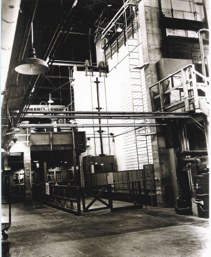
The Manhattan Project National Historical Park would include the X-10 Graphite Reactor at Oak Ridge National Laboratory. (Submitted photo)
In Oak Ridge, the park could include the X-10 Graphite Reactor at Oak Ridge National Laboratory, built after the experimental “Chicago Pile I†at the University of Chicago. X-10 was a pilot plant for the full-scale plutonium production reactors that were being built at Hanford.
At the Y-12 National Security Complex, it would also include the Beta 3 Building and 9731, the plant’s first building, said D. Ray Smith, Y-12 historian.
It could also include the K-25 site in west Oak Ridge and recreate part of the original gaseous diffusion plant. The mile-long, U-shaped building was once the world’s largest under one roof, so large that workers rode bicycles to travel around it.
In Hanford, the B Reactor, where plutonium for the atomic bombs was produced, could become even more popular as a tourist attraction.

Building 9731 at Y-12 could also be included in the Manhattan Project park. The Manhattan Project was a top-secret federal program to build the world’s first atomic weapons during World War II.
And in Los Alamos, the new park could include the Oppenheimer House, where Los Alamos Laboratory director J. Robert Oppenheimer and his family lived. Several properties now owned by the Los Alamos National Laboratory could also become part of the park, including the V-Site, where the first plutonium-based atomic bombs were assembled, and the Gun Site, where the “Little Boy†bomb was developed.
In the House, the Manhattan Project park bill and the NDAA amendment were sponsored by congressmen Doc Hastings, a Washington Republican; Ben Ray Lujan, a New Mexico Democrat; and Chuck Fleischmann, a Tennessee Republican.
In November, Sen. Maria Cantwell, along with senators Patty Murray, Mark Udall, and Martin Heinrich, proposed to include the Senate’s version of the park bill as an amendment to the NDAA, the Atomic Heritage Foundation said.
An earlier bill to create the park died in the last session of Congress, but the legislation was reintroduced this year.

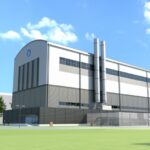



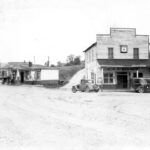
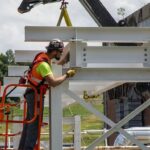
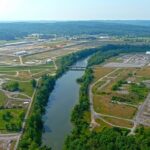
Leave a Reply